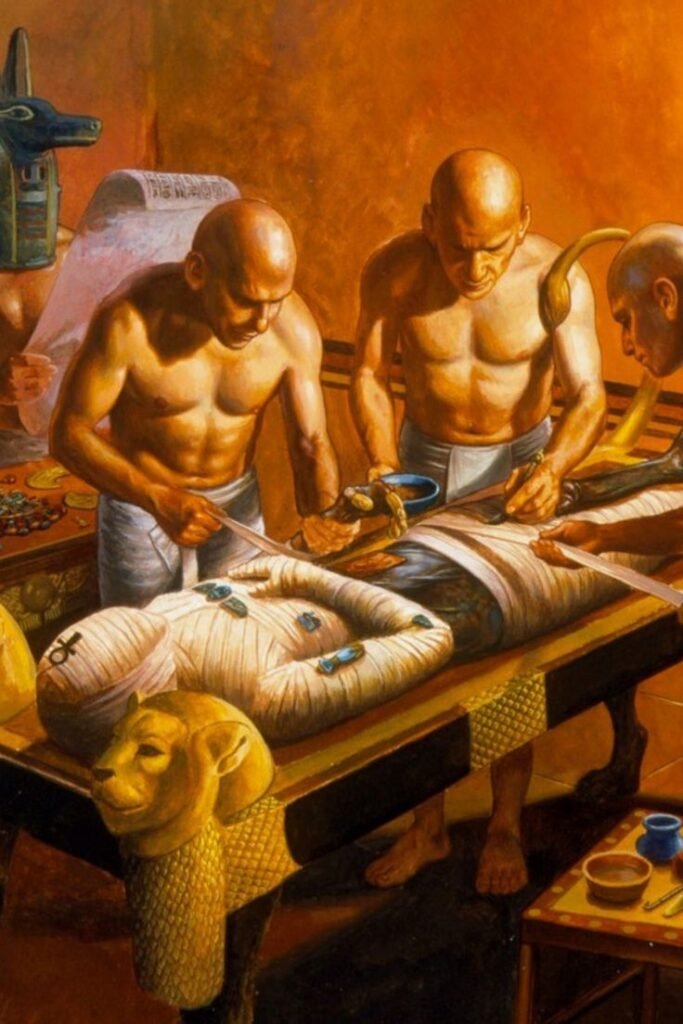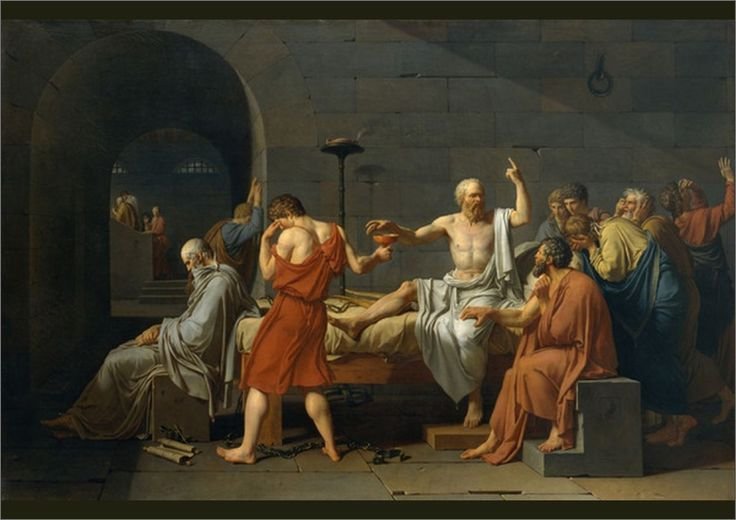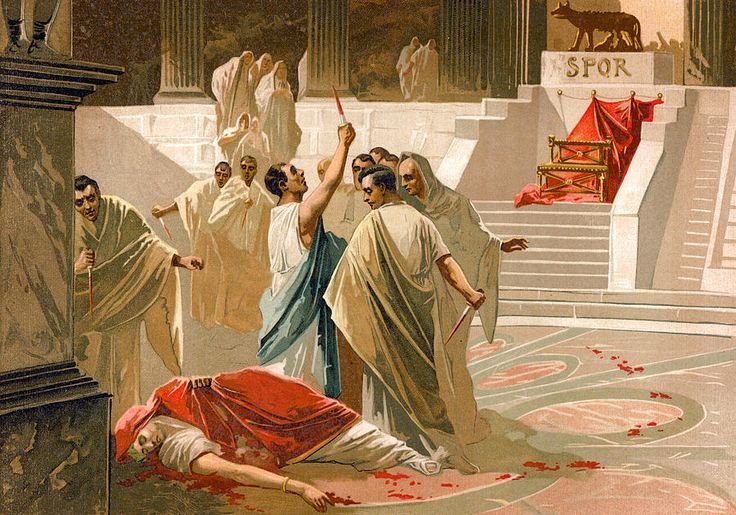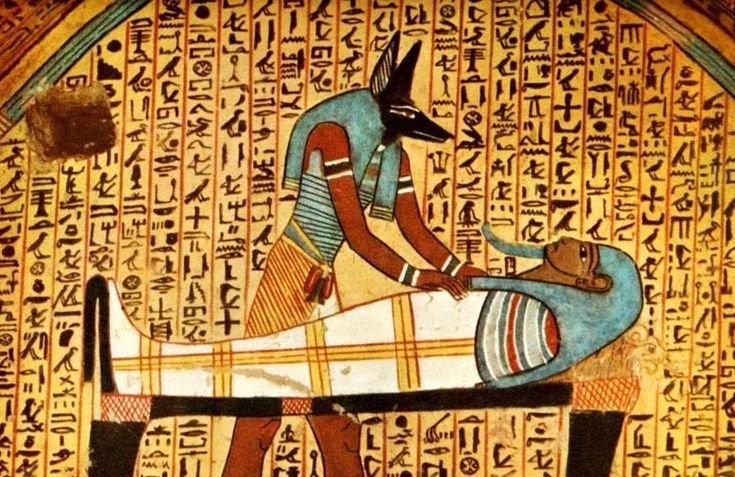Understanding Death Through History From Ancient Civilizations to Modern Times
Historical Perspectives on Death
Death has been a central and profound theme throughout human history,
shaping how societies, cultures, and religions perceive and handle this inevitable part of life.
The historical perspectives on death offer valuable insights into how various civilizations have understood and ritualized this final transition.
Ancient Civilizations
Egyptians

Ancient Egyptian culture held a complex view of death and the afterlife. They believed that life continued after death in a realm known as the Field of Reeds, which was a reflection of one’s earthly existence.
To prepare for this journey, Egyptians practiced mummification, a process designed to preserve the body for eternity. Tombs were elaborately decorated and stocked with items such as food, jewelry, and spells from the Book of the Dead to aid the deceased in the afterlife.
The concept of Ma’at, or cosmic order, was crucial;
ensuring that the deceased had lived a life in accordance with Ma’at was vital for a favorable judgment by Osiris, the god of the underworld.
Greeks

Greek views on death were diverse and evolved over time. Early Greek beliefs focused on the underworld, a shadowy realm ruled by Hades. The idea of an afterlife varied from the bleak existence in
Hades for ordinary souls to the more blissful Elysian Fields for the heroes and virtuous
Philosophers like Socrates and Plato offered different perspectives. Socrates, facing his own death, viewed it as a transition to a better state of existence,
while Plato considered it a release of the soul from the body, which allowed it to attain true knowledge.
Greek funerary practices included cremation and burial,
and the importance of proper rites was emphasized to ensure the soul’s peaceful rest.
Romans

Understanding Death Through History From Ancient Civilizations to Modern Times
Roman attitudes towards death were influenced by both their own traditions and Greek practices. Romans celebrated death with elaborate funerals and public ceremonies,
which were seen as a way to honor and remember the deceased.
Emphasis was placed on the commemoration of ancestors, and funerary monuments were commonly erected.
Roman beliefs in the afterlife were more pragmatic compared to Greeks, focusing on the
idea of the soul’s continued existence in the family’s memory. They believed in the importance of remembering and honoring the dead through rituals and by maintaining the proper burial sites.
Medieval Europe

During the medieval period, Christian doctrine heavily influenced views on death. The Church’s teachings shaped the understanding of death as a transition to eternal life,
either in heaven or hell, depending on one’s earthly life and spiritual state.
The concept of purgatory also emerged, representing a temporary state of purification before entering heaven. Funerary practices included elaborate rites such as the Last Rites, which were meant to prepare the soul for the afterlife. The construction of grand tombs and monuments became common, particularly in churches and cathedrals,
reflecting the significance of death and the desire for a lasting legacy.
Renaissance and Enlightenment

The Renaissance marked a shift towards humanism, which influenced perceptions of death. Writers and philosophers began to explore death more personally and existentially. Michel de Montaigne, for example, reflected on death with a focus on living a virtuous life
and accepting mortality as a natural part of existence.
The Enlightenment further transformed the discourse on death by emphasizing reason and science. Medical advancements led to a more clinical understanding of death,
focusing on the biological and physiological aspects rather than purely spiritual or religious views.
Modern Era

In the contemporary world, death is often approached through a combination of medical, philosophical, and cultural perspectives.
Advances in medicine and technology have changed the way societies deal with end-of-life
issues, from palliative care to the ethical considerations of euthanasia and life extension.
Despite these advancements, cultural, religious, and personal beliefs continue to play a significant role in
how people cope with death, commemorate the deceased, and find meaning in the face of loss.
Conclusion
Understanding Death Through History From Ancient Civilizations to Modern Times
Throughout history, death has been a subject of deep contemplation and ritualistic significance. Each era and culture has developed its own ways of understanding and dealing with this inevitable part of human existence. By examining historical perspectives on death, we gain a richer appreciation of how human societies have sought
to make sense of life’s end and how these beliefs have shaped our collective experiences and practices surrounding death.

I am a content writer I have experience been writing news and blog articles for 5 years.
